In February 2012, photographer Taylor Chapman was walking around Downtown Brooklyn, camera in tow. It was a blisteringly cold day, but he had only moved to the Cobble Hill neighbourhood a few months before having grown up in Houston, Texas, and was thinking about ways to see more of the city he now called home. Reaching into his pocket, he pulled out a paper subway map. “I looked where I could go without a transfer and saw that there was an R train stop a 20-minute walk away, and I’d only have to ride 15 stops or whatever to get to the end,” Taylor says. “I had no idea whatsoever about the neighbourhood, so it was appealing.”
Venturing southbound on the train, roughly following the shape of Brooklyn’s western edge, he emerged at the line’s terminal – Bay Ridge 95th St, where he found a different Brooklyn to the one left behind when he ventured below ground. Gone were the grand, 19th-century brownstone terraces, and instead was a vibrant local neighbourhood overlooked by the giant Verrazano-Narrows Bridge, often remembered as the setting for John Travolta’s breakout moment in 1977’s dancing, pop culture sensation Saturday Night Fever.
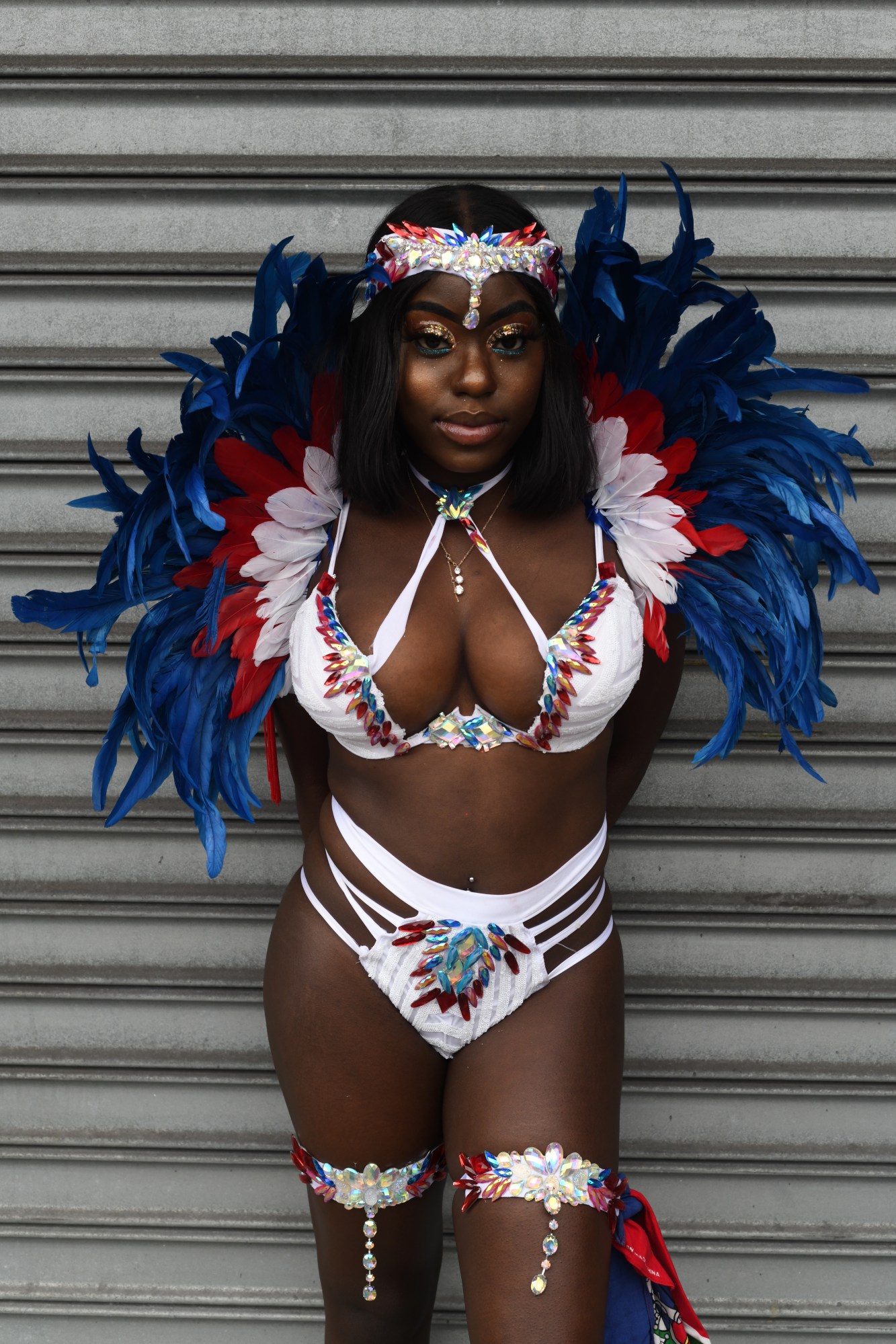
“Bay Ridge is fascinating, it’s changing fast, but historically it’s heavily Irish and Italian – a lot of firefighters, cops, and a lot of your stereotypical blue-collar white New Yorkers,” Taylor says. “So there are a lot of pizza joints and Irish pubs, but there’s been a rapid rise in primarily the Asian population of late, and there was definitely some tension that I experienced when talking to locals about that, which was interesting to see. It’s also one of the only strong footholds of the Republican Party in Brooklyn, which tends to be very Democrat.”
Life in Bay Ridge gave Taylor a window into a different side to Brooklyn and The City That Never Sleeps, away from the bright lights and sky-high buildings that capture the popular imagination. Ever since, over the past decade, he’s been riding the rails on New York’s subway line all the way to the final stops on each of its 36 lines, where he would take pictures of his surroundings but also intimate, close-up portraits of those living in New York’s extremities. With a bulging archive of over 50,000 shots, a condensed selection is now presented in his ongoing series, End of the Line.

From The Bronx’s Bedford Park Blvd to Rockaway Park in Queens, via Coney Island and Manhattan’s uptown Harlem 148th St, the pictures are an exploration of the lesser-seen areas of NYC. But most importantly, the project is about the people who live there and the diversity of the city with its patchwork, melting pot history of communities from across the globe, with migration a key part of New York’s social and cultural fabric since Europeans first began settling and colonising the area in the 17th Century.
Taylor points to one of its southernmost points as an example. “One of my favourites is Brighton Beach,” he says. “It’s famous for its Russian population, their Russian baths, teahouses and nightclubs. Though, as I learned from going there, it’s actually less Russian and more Russophone or ex-Soviet – there are a lot of people who came over in the 80s as some of the restrictions were lifted on Soviet Jews in particular, but they also came from Ukraine, Belarus, all over greater USSR.”
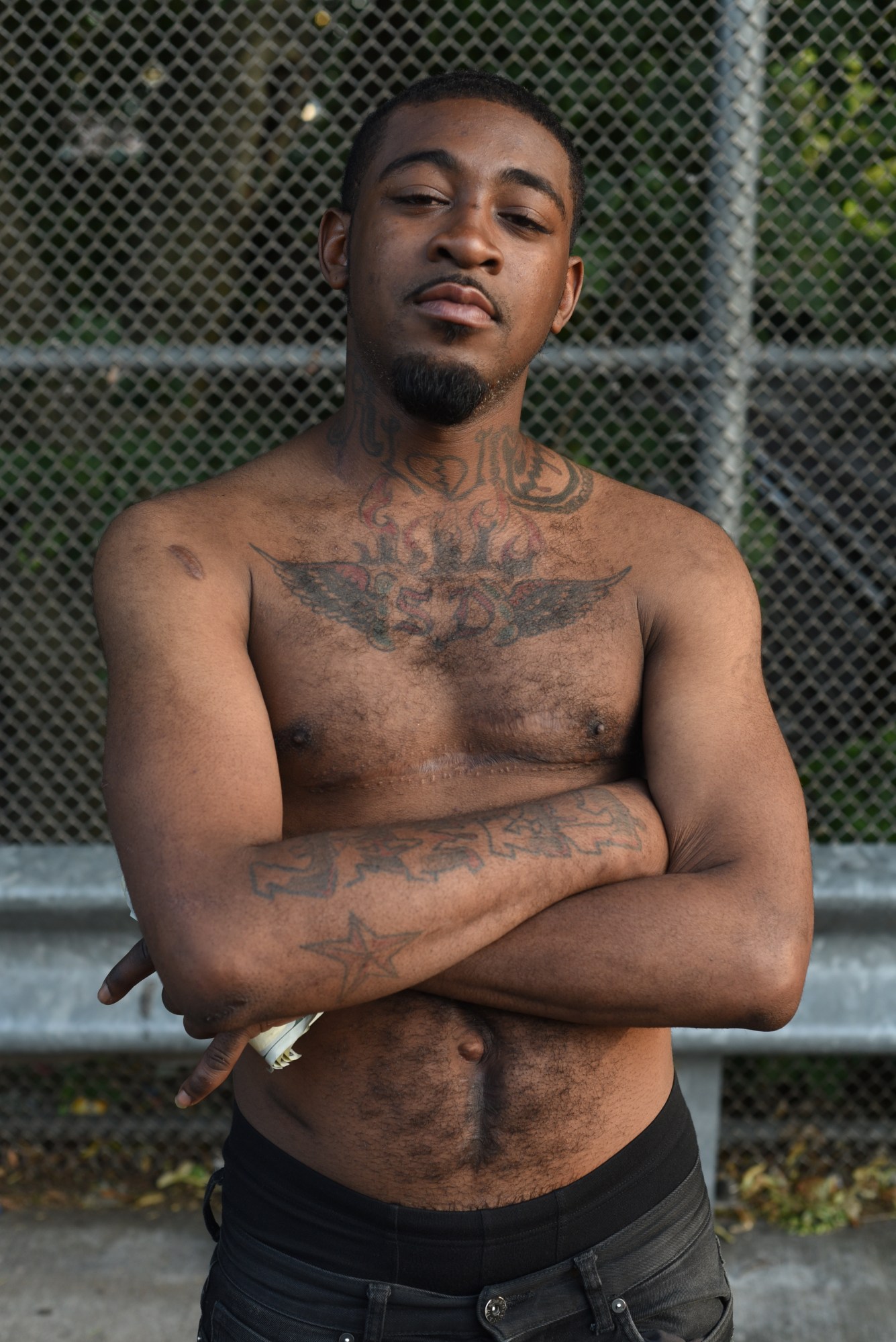
Whereas a few miles east in Ozone Park, Queen’s, Taylor found a community that hailed from the other side of the world. “There’s a large population of Guyanese, and I knew very little about Guyana and its population’s history, but it’s one of the most syncretic cultures I’ve ever seen,” he says. “You have elements of British, Indian, Caribbean, native South American, Latin South American and slaves that were imported to work the sugar plantations, so it’s this melange of at least seven different cultures – all the shops sell ghee, and I stumbled into a curry goat competition with an enormous trophy. I just learned so much and experienced so many cultures that I knew so little about,” he continues. “I would come home just charged up and feeling very privileged.”
While New York’s diversity is clear to see in the project, it’s also a portrait of some of the city’s less privileged, less moneyed areas. With much of the city’s wealth (and priciest housing) concentrated in its more central areas, those on lower incomes are more likely to be found on the periphery. With that knowledge, coupled with the fact that Taylor is a self-aware white man – he took particular care to ensure that he wasn’t being invasive with his lens or creating a project of ‘poverty porn’.
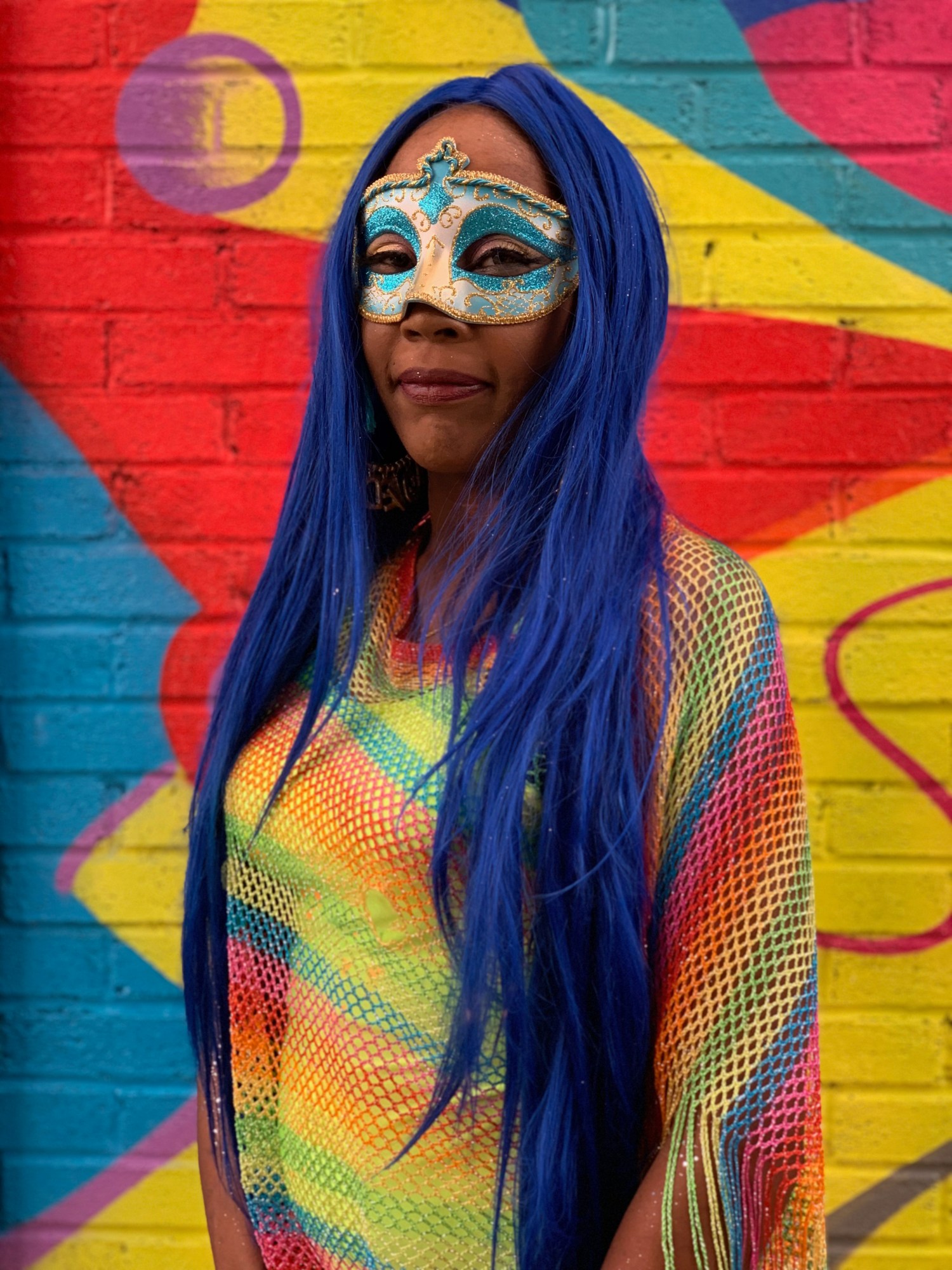
“One has to be careful as a photographer not to be voyeuristic, not to be the outsider exploiting and documenting,” he says. “I make a big point of engaging with all the people I interact with – securing their permission, hearing their stories, getting recommendations from them on where I should photograph. People tend to want more people to know about their neighbourhood, so I try to make it participatory and collaborative.”
That divide between rich and poor is particularly under the microscope at the moment, with New York City currently gripped by a housing crisis. With rents skyrocketing in several neighbourhoods – including the outskirts – and pricing out people who suddenly are unable to live in the areas they’ve called home for the majority of their lives, the face of the city is changing rapidly. “Our landlords recently tried to raise our rent by 46 per cent – it’s crazy,” Taylor says. “[People being priced out] is absolutely something I’ve witnessed. Many of these places I’ve been back to over the course of years, and you watch them change before your eyes.
“But one thing I would say is New York is perennially in a housing crisis,” he finishes. “The more I read about New York history and the more people I’ve talked to in different neighbourhoods – the more I’ve realised that change is by far the only constant.”
‘End of the Line’ and other street photography by Taylor Chapman can be seen at his website and Instagram
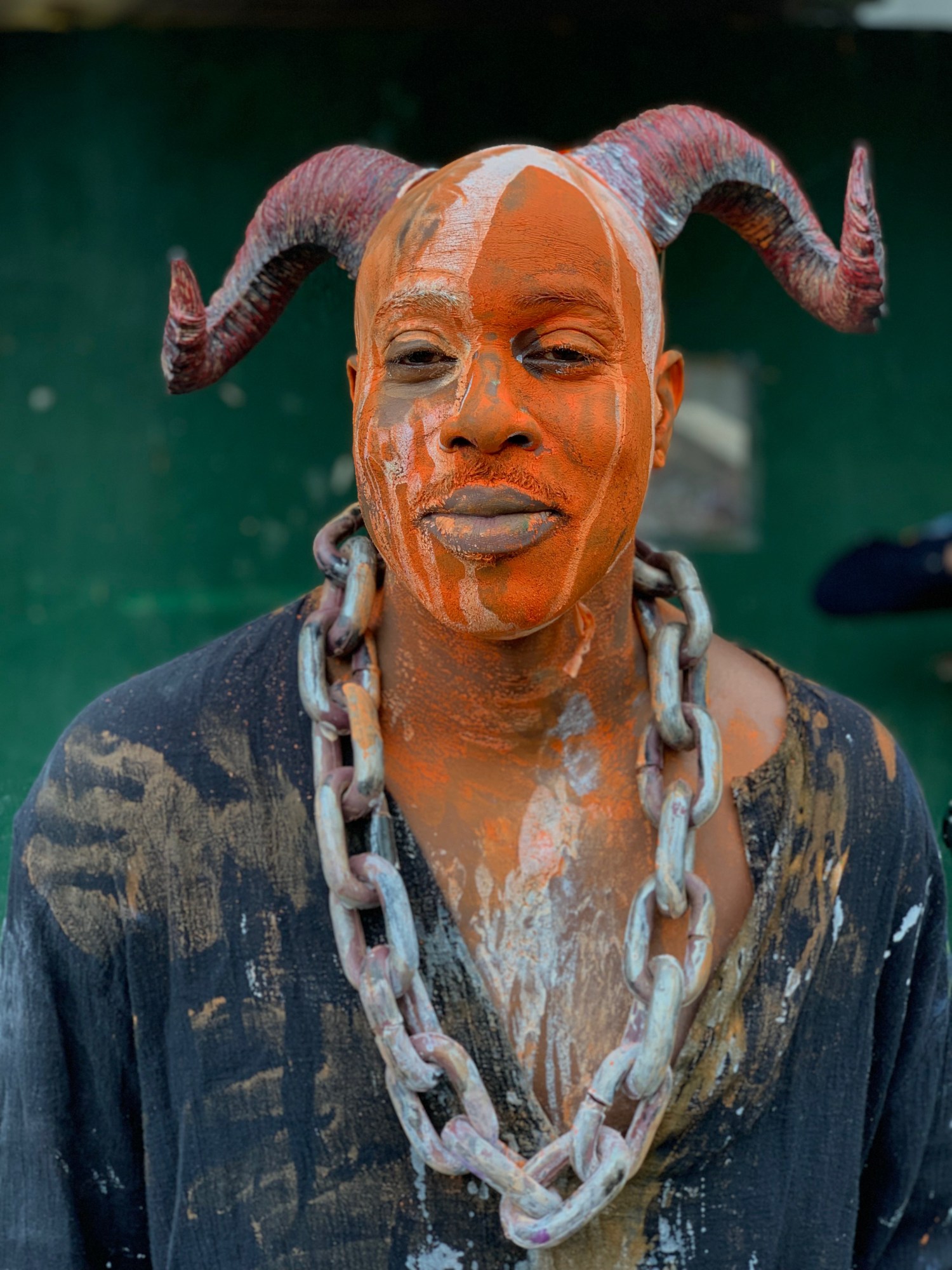
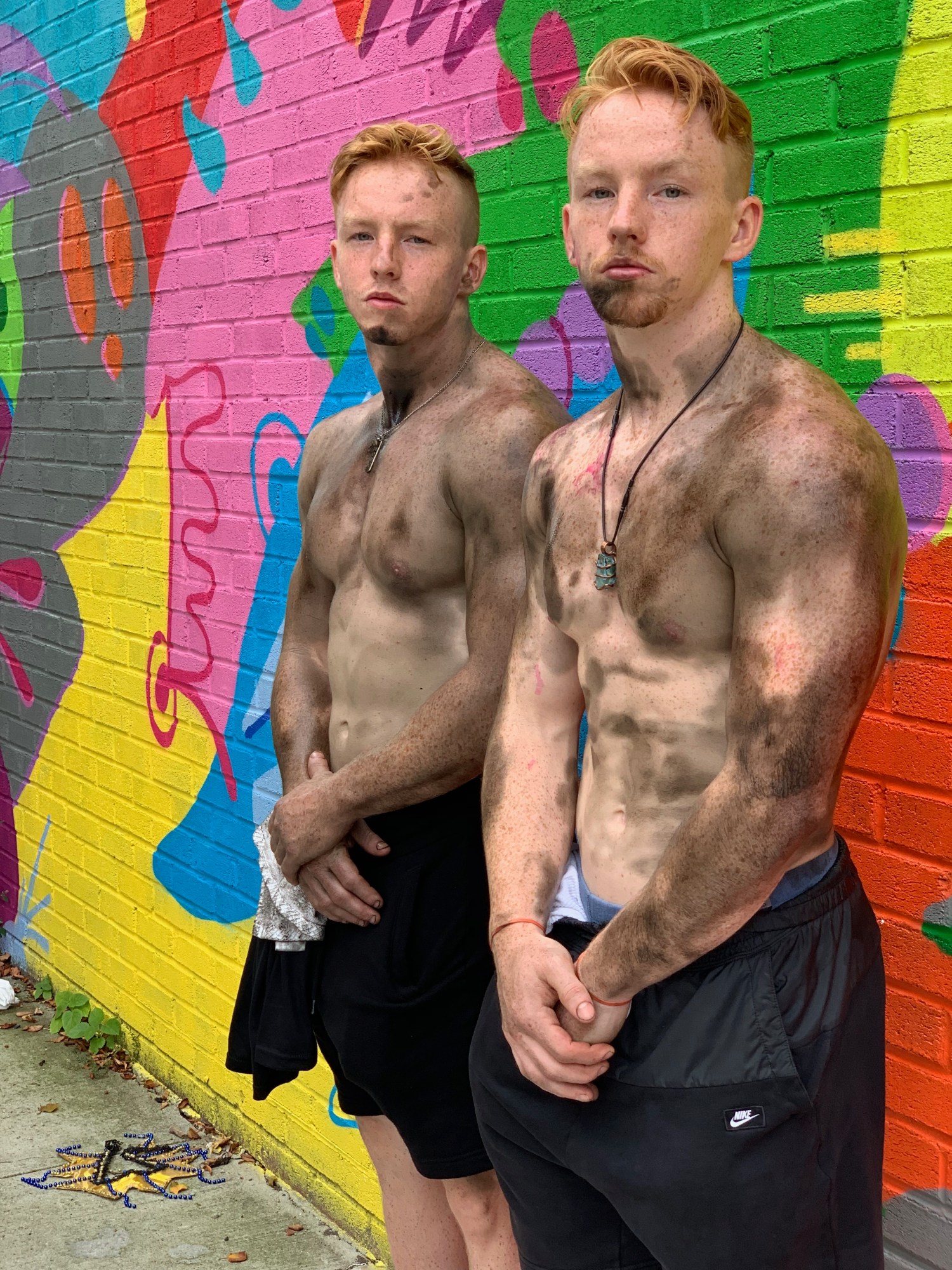
Credits
Photography Taylor Chapman


